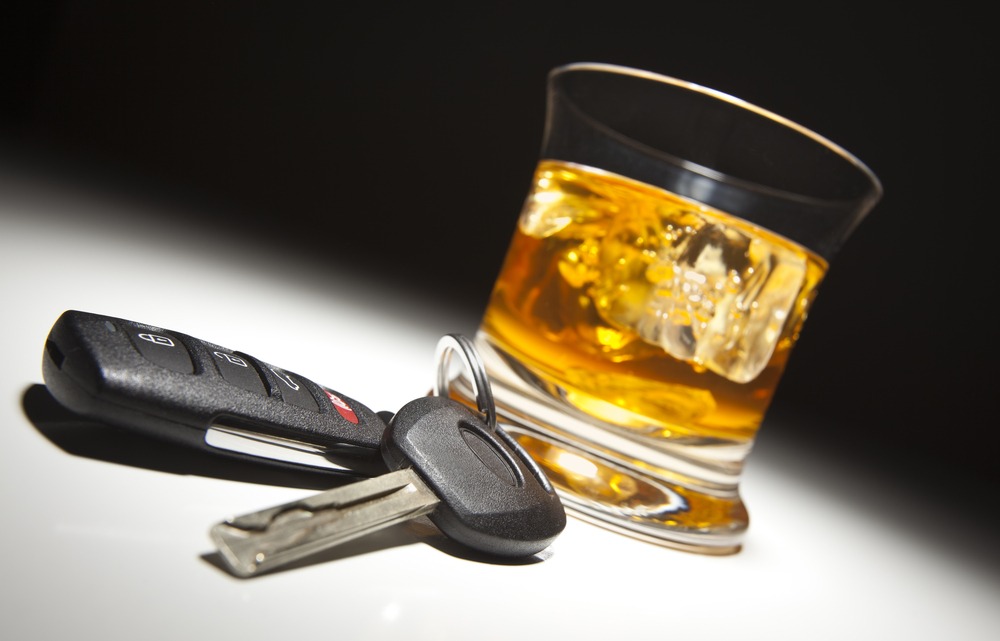
In an effort to reduce the number of alcohol-related highway deaths, the National Academies of Sciences, Engineering and Medicine (NASEM) recently recommended reducing legal blood-alcohol concentrations for drivers, raising alcohol taxes, and stepping up regulations of alcohol sales.
NASEM released a report that aims to serve as a nationwide blueprint to reduce the number of alcohol-related traffic accidents, which claim approximately 10,000 lives each year.
The report recommends more strict enforcement of laws barring alcohol sales to people under 21 and those who are already intoxicated, lowering legal blood-alcohol concentration levels from 0.08 to 0.05, requiring ignition interlock devices for all offenders, and providing treatment for offenders who need it.
“The committee that wrote the report noted that on average since 1982, one-third of all traffic fatalities are due to alcohol-impaired driving, and nearly 40 percent of alcohol-impaired driving fatalities are victims other than the drinking driver,” a NASEM release stated.
The report notes that alcohol-related crashes contributed to an estimated $121.5 billion in economic losses in 2010. That total includes medical bills, legal costs, productivity losses, earning losses, and vehicle damage.
“Rural areas are disproportionately affected by alcohol-impaired driving crashes and fatalities,” NASEM stated. “The report notes that it can be difficult for individuals to understand how many alcoholic beverages it will take for them to be impaired. Individuals differ in their degree of impairment due to several factors such as weight, age, gender, race, and ability to metabolize alcohol.”
Inconsistent serving sizes and the combination of alcohol and caffeine or energy drinks were also listed as factors that make it difficult for drivers to estimate their level of impairment.